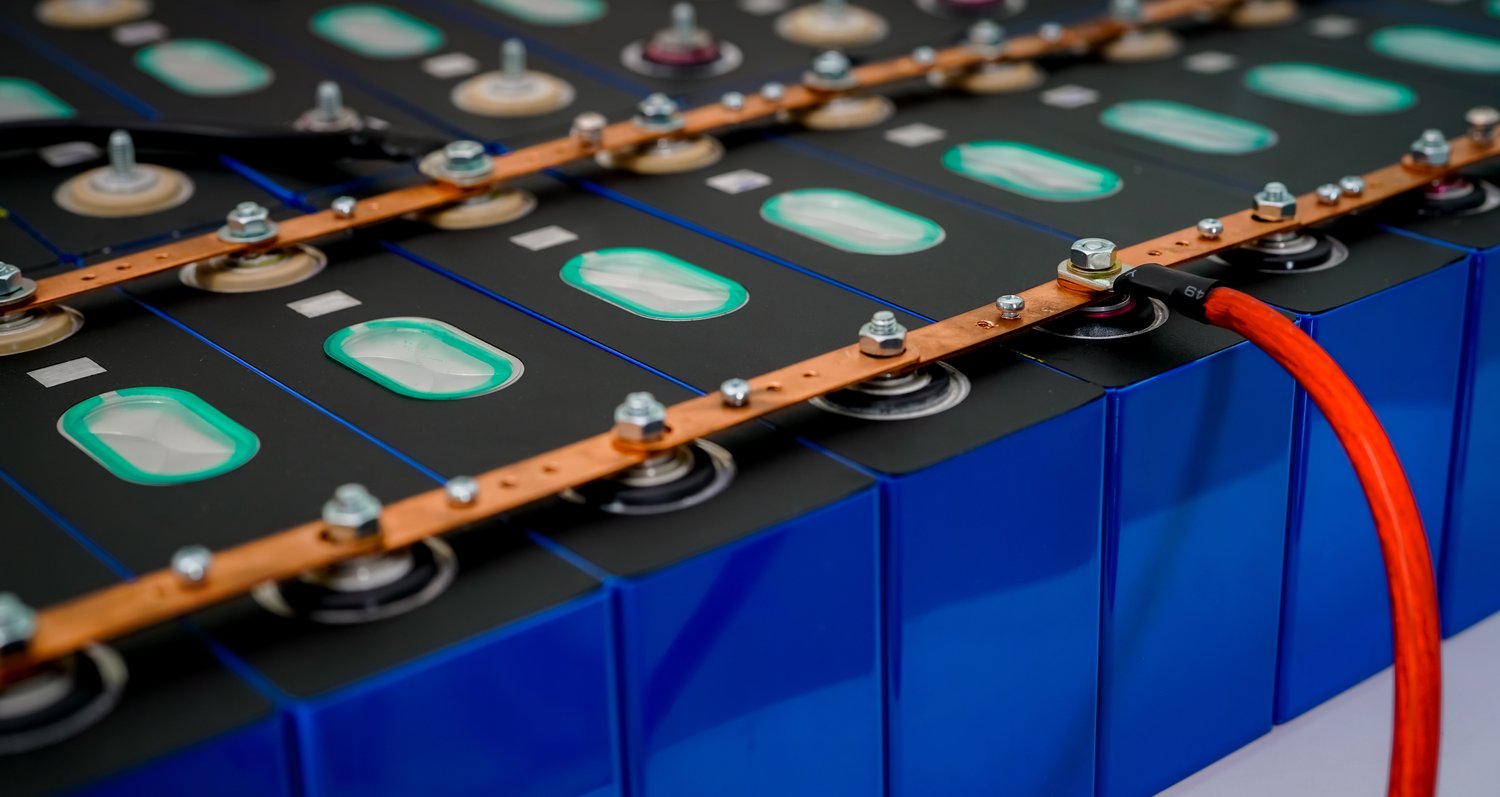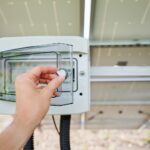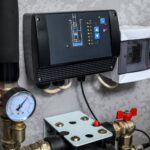Struggling with a home battery storage system that won’t charge is more than an inconvenience—it’s a setback to your energy-saving goals. This article delves into the possible reasons behind charging issues and offers straightforward DIY solutions. Equip yourself with the practical know-how to bring your battery system back to peak condition.
- Explore common technical and environmental factors that may hinder your battery’s charging capabilities, equipping you to identify potential issues right away.
- Learn the initial diagnostic steps, such as examining connections and inspecting power supply, to ensure your system is set for successful operation.
- Implement effective DIY solutions like recalibrating settings and cleaning terminals to resolve frequent charging problems on your own.
This guide will not only empower you with the skills to troubleshoot and resolve charging issues but also help enhance your system’s performance and longevity. Dive into the detailed steps and learn how to maintain top-notch efficiency in your home energy management.
Understanding Why Is My Home Battery Storage System Not Charging? DIY Solutions
Exploring the reasons behind a non-charging home battery storage system is crucial for every homeowner. One fundamental issue could be technical glitches within the system. These include flaws in charging algorithms or outdated software that no longer supports efficient energy storage.
Environmental factors also play a significant role. Extreme temperatures, whether too hot or too cold, can dramatically affect battery efficiency and charging capabilities. It’s essential to ensure the battery system is located in a suitable environment.
Another aspect to consider is the state of charge controllers and inverters. Malfunctions in these components can impede proper power conversion and storage, leading to issues with charging.
With these variables in mind, performing initial checks on your system can help you pinpoint the root causes of charging issues. Often, identifying these factors early on allows for straightforward remedies, enabling you to restore your system’s functionality with minimal hassle.
Initial Checks and Diagnostics
When facing a charging issue with your home battery storage system, the first step should be conducting thorough initial checks and diagnostics. Start by inspecting all cable connections between the battery, inverter, and solar panels (if applicable). Ensure that no connections are loose or corroded.
Next, verify that the system is receiving adequate power supply. This involves checking your circuit breaker panel for any tripped breakers that might be disrupting the power flow.
Additionally, examine the battery system for any physical damage, such as cracks or leakage, which might compromise the battery’s integrity. This physical inspection can often uncover obvious issues that might otherwise go unnoticed.
Employing a multimeter tool to test voltage levels can also be beneficial, as it provides direct insight into the current state of the battery charge.
Performing these diagnostics forms the foundation for further troubleshooting and can help avert unnecessary professional intervention. Remember, a systematic approach not only aids in pinpointing the problem but often leads directly to practical solutions.
Steps for Why Is My Home Battery Storage System Not Charging? DIY Solutions
Tackling charging problems in your home battery storage system can be empowering. Here, we guide you through a series of practical DIY solutions designed to alleviate common issues that may prevent your system from charging effectively.
Firstly, consider the possibility of poor connectivity disrupting your system’s performance. Examine all cables and connections leading to your battery storage unit. Make sure they are secure and free from corrosion. Loose or corroded connections can significantly affect the charging efficiency.
If you find that connections are sound, it’s time to clean the battery terminals. Accumulated dirt and corrosion can impair the battery’s ability to charge. Use a mixture of baking soda and water to gently clean the terminals, ensuring a good contact surface. Remember to wear protective gloves and eye protection during this procedure for safety.
Another common fix is recalibrating your battery management system (BMS). Over time, the system’s configuration might need adjustments to align with actual battery capacity. To recalibrate, fully discharge the battery and then charge it to full capacity. This process helps in resetting the BMS algorithms to read the battery state more accurately.
Moreover, don’t overlook the power supply as a potential source of trouble. Confirm that your system is receiving adequate power from its source, whether that be solar panels or the grid. Variables like shading on photovoltaic panels or faults in power supply lines can lead to undercharging.
Lastly, a simple reset can often resolve unexpected issues. Power down the entire system, wait a minute, and then power it back on. This soft reset can resolve minor software glitches affecting charging operations.
These DIY solutions are designed with safety and ease in mind, aiming to restore your system’s functionality without requiring advanced technical skills. If problems persist, do consult with a certified electrician to conduct a more thorough examination.
Frequently Asked Questions About Home Battery Storage Systems
What should I check first if my battery system isn’t charging?
- Connections: Ensure all connections are secure and without corrosion.
- Power Supply: Verify that there’s an adequate power supply to the system.
- Physical Damage: Inspect the battery and components for any visible damage.
Can environmental factors affect my battery charging?
Yes, extreme temperatures and humidity can impact battery performance and charging efficiency.
How do I recalibrate my battery system?
Refer to the manufacturer’s manual for specific recalibration steps, which often involve cycling the battery through a full discharge and charge.
What’s the easiest DIY solution if my battery isn’t charging?
- Clean the terminals to remove any debris or corrosion.
- Reset the system configuration by following the product manual instructions.
When should I call a professional?
If you’ve completed all DIY troubleshooting steps and the issue persists, it is best to consult a certified electrician.





